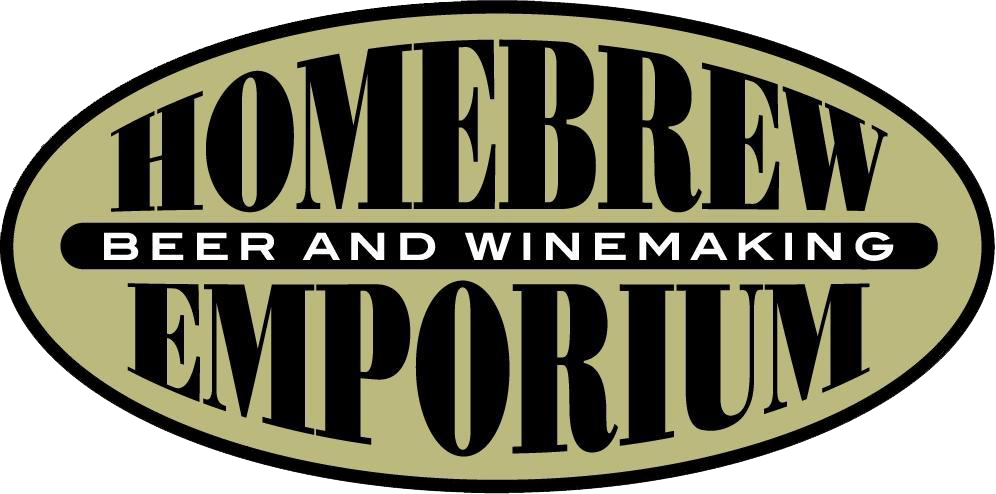With September’s chilly nights comes the very understandable desire to enjoy the fruit of the fall season. That fruit is of course the apple! Eaten right off the tree, baked into a pie, pureed into applesauce, or pressed for cider, all of these are admirable uses for New England’s fruit. The one use that inspires legend is the making of hard cider. With our regular cider buys, we can help you with that!
One question that we regularly get is what yeast, if any, to use? Here’s a rundown of some popular choices:
None! That’s right, there’s plenty of wild yeast (and bacteria) on and in the apple to do a fermentation. All you need is an unpasteurized, raw cider and it’ll take care of itself. We don’t recommend this strategy because of its variability. If it is great, how do you do it again? If it is awful, hopefully it is suitable for vinegar.
Champagne yeast. Be it Lalvin EC-1118 or Red Star Champagne dry yeasts, White Lab’s 715 Champagne or Wyeast’s 4021 Pasteur Champage, people who tend to ask for champagne yeast usually do so because that’s what the recipe says. And they’re right. Most basic recipes for cider call for champagne yeast. Many professionals use it. It is a vigorous and resilient performer that does a terrific job at converting sugars into alcohol. Our objection here is that it works too well. Most homebrewers end up with alcohol that has some vague apple characteristics. We feel that it’s too aggressive for a pitch-it-and-forget-it strategy.
Nottingham dry beer yeast. This is a shop favorite because it is a lot less aggressive than champagne yeast. Because it leaves a bit more residual sugar than champagne yeast, a bit more of the apple character comes through. It also puts a slight beer signature, which makes the finished cider more approachable for beer drinkers.
Vintner’s Harvest’s VR21 & R56 are both recommended by our Cambridge Manager, Eamon Poplin:
“I tried the VR21 for the first time on a whim. I tend to prefer ciders that still retain some sweetness, along with some of the original apple flavour. VR21 does both quite well. I’ve had great success with the R56 as well, especially when I add the sugars I use to boost the gravity.”
Specialty Cider yeast has been available from White Labs (WLP775 English Cider) and Wyeast (4766 Cider) for a while now. They are a popular choice because these strains are used in commercial cideries. Recently a new option for cider-specific yeast was released by Australian yeast manufacturer Mangrove Jack. We’ve only had one season with it but we’ve been hearing good things!
Regardless of which yeast you use (if any, listed above or from our wide selection of dry and liquid yeasts), remember to TAKE NOTES! There’s nothing more frustrating than making a terrific cider and having no idea how you did it. End up with an unspectacular beverage? Be sure to check out our previous article on Adjusting Finished Cider.
